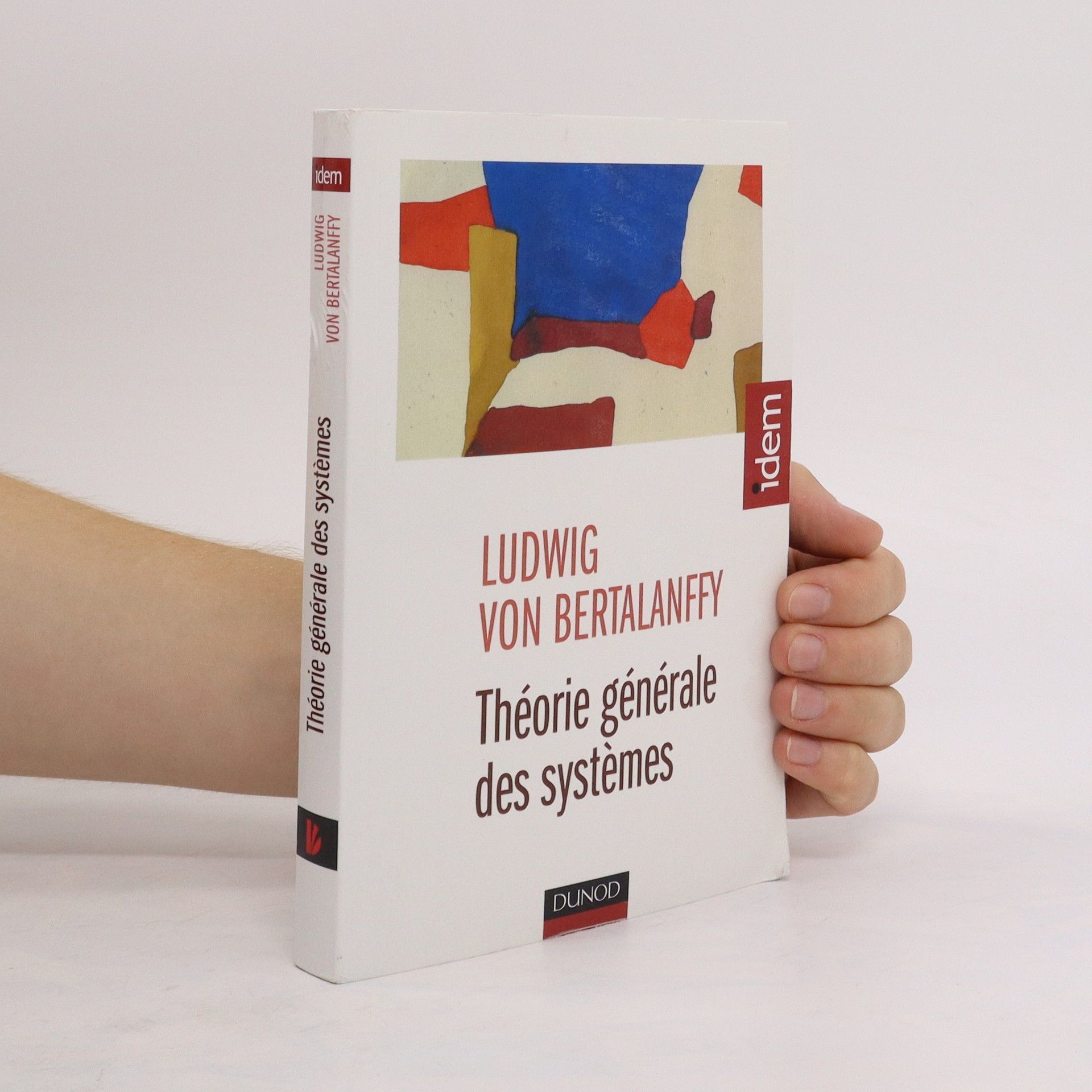General System Theory
Foundations, Development, Applications
Bertalanffy’s selected writings on his theory of laws applicable to virtually every scientific field. This conceptual approach has had a profound impact on biology, economics, psychology, and demography, with new relevancies today. The new foreword by University of Vienna system theory professor, Wolfgang Hofkirchner, and Centre for Systems Philosophy director, David Rousseau, discusses the theory’s contemporary applications.





